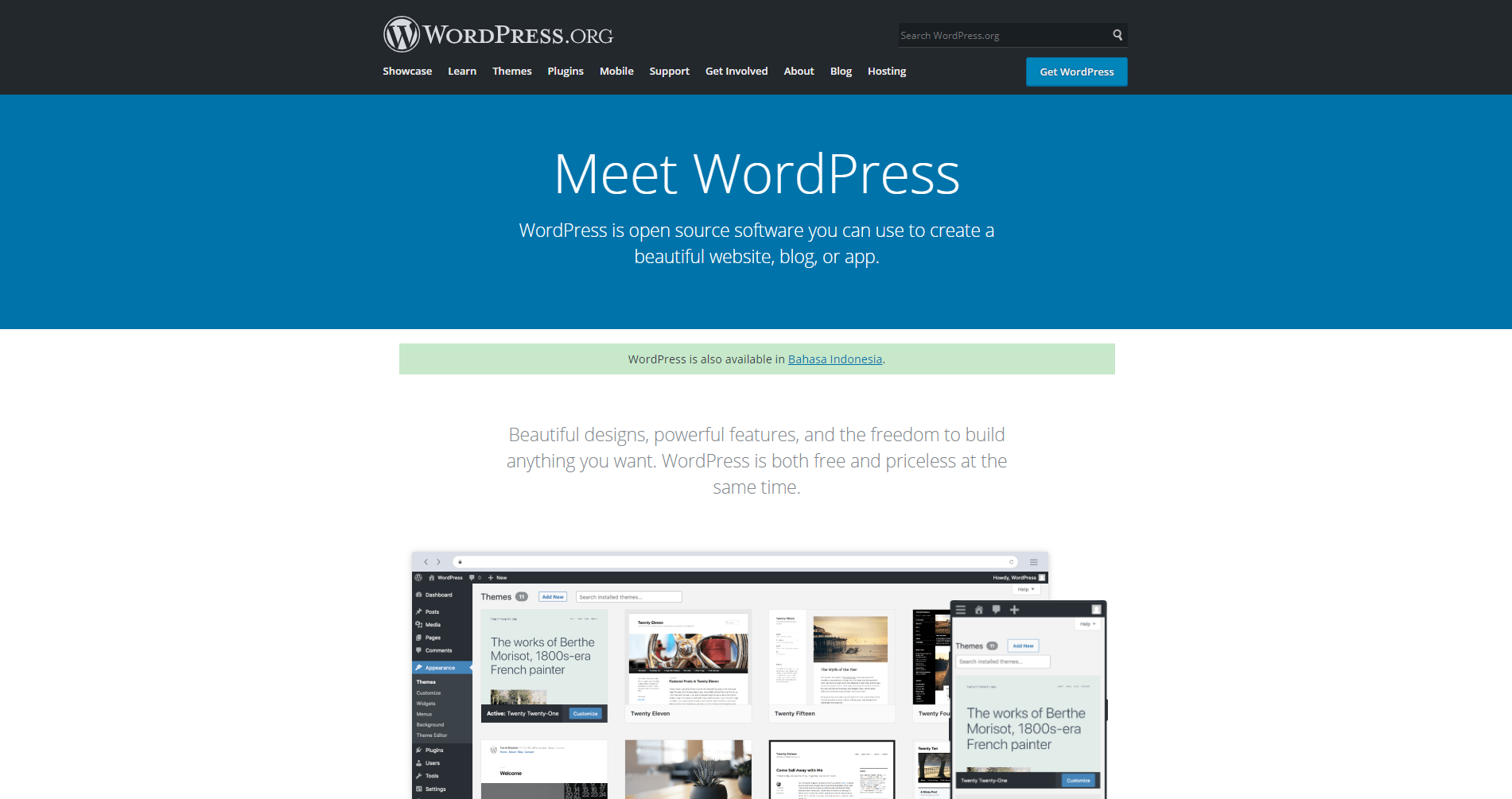You cannot excel in a new venture without creating an intriguing social media identity. Social media has shown immense power in the last few decades and has emerged as a necessity for business owners to stay in the limelight. If you own a business entity, it is essential for you to create a social media identity for your business.
You will need to evaluate the available tools, style guides, content strategy, vision, and tone of the brand to sum up your execution plan. It might be challenging to jot down all the ideas in their suitable spots and craft a strategy that suits the brand the most. Hence, an ideal solution to cope with the challenge is to create a social media toolkit for your business. However, the recipe for a profitable social media toolkit is to put in all relevant elements to your business.
Explore this blog post to know briefly about the social media toolkit and get ideas for incorporating it within your business.
What is a Social Media Toolkit?
A social media toolkit is an asset for a brand that includes tools, content strategies, and accessories to support the promotion and awareness of the company through social media platforms. It includes all the information about the company’s goals and aims. Content calendars, content planners, post templates, hashtags, collaborations, a video about your brand, social media marketing tools, and key strategies are usually included in a comprehensive toolkit.
These elements help you to pitch your brand to other collaborators and business owners and make them know you better. Even if you hire new people, the toolkit will help them understand the business better and get along with your organization’s workflow.
Aspects of a Social Media ToolKit
Now that you know how essential it is to have a social media toolkit for your brand, let us walk you through the elements needed to make your social media toolkit effective for your business goals.
-
Background
Begin the formation of your social media toolkit by adding the background. The background information will be the first impression of your toolkit to your partners and collaborators. It is crucial to include what the toolkit is about and how it will help the brand. The information about the origin will allow anyone using the toolkit to use it effectively and fulfill the purpose better.
Be precise and on point with the information so that readiness remains maintained. Provide answers to the questions that a user might think upon engaging with the toolkit. Remember to add a creative element. Remember, creativity is always a plus when it comes to social media.
-
Campaign-Based Sample Posts
Every campaign is different from the others. As a campaign designer, you need to see what type of content posts must be made. The inclusion of sample posts that you usually prefer in your social media toolkit will help your team and the campaign collaborator understands their tasks better. Add relevant details and mention the platform (Twitter, Facebook, or Instagram) that you want to use for publishing the specific post.
You can also add guidelines for the creators giving them direction, for example, an instruction for the content writer to keep the ad copy up to 80-100 words. Visual assets and inspirations can also be added so that the graphic designer can bring your views to life with convenience.
-
Content Calendars
Reminding yourself to post specific content on social media platforms is quite a hassle. If you are a content designer for a brand, you should know how to create a content calendar.
An easy-to-use content calendar will help schedule all your content in one go within a single dashboard. You can edit or delete anything according to your preference at any time and view all of it at a single glance. Add the calendar to your social media toolkit so that the collaborators and team members can quickly get an idea of how frequently and through what channels the posting is done.
You can also opt for social media marketing tools offering the feature of a dedicated content calendar. Getting it through a tool will not only help you schedule Instagram posts and YouTube shorts effectively but will also buy you some time to look after the quality of your content.
-
Hashtags
Hashtags play a great role in making the content for a specific campaign visible. Recommending hashtags in your social media toolkit will provide insight to the creator on how to optimize the promotions of the content.
However, it is vital to execute research on which hashtag works the best for which platform and what context is being implied by each one of them. For example, if you often schedule posts on LinkedIn, you might know the most effective hashtags that work the best for this platform. Put them in the toolkit or refer to a hashtag manager feature by a reliable social media marketing tool to make it easier for your collaborator or creator.
-
Social Media Metrics & Key Performance Indicators
The most crucial part to add to the toolkit are the social media metrics that are integral to tracking the progress of your campaign. Keep a keen eye on the analytics to see which post is performing the best and which platform needs more of your attention.
You can also set key performance indicators for the campaign so that your team knows what parameters are the most important to achieve the targeted goals. It can include the number of conversions, website engagement, number of likes, reshares, retweets, comments, and so on.
There are numerous social media marketing tools that you can integrate to extract reports on your analytics and discuss the progress with your team.
-
Visual Assets
Compelling visuals are essential for the performance of social media content. However, every brand or business represents a specific theme that resonates with the main aspects of the brand’s image. Even if you are in no mood to hire a professional graphic designer, the addition of visual assets in the social media toolkit will support the design of your campaigns.
You can also use design software like Canva to take inspiration and craft visuals. Dump all the designs into your social media toolkit for future use. Every design can be updated with minor tweaks giving a great sigh of relief to the entire team.
-
Social Media Marketing Tools
As a fresh brand or a small business, you need to keep yourself updated with what tools have to offer you. Social media marketing tools can help your business become better and more visible. Scheduling content, managing social media profiles, tracking analytics, and engaging with the audiences, all within a single dashboard, can be done through a social media tool like Social Champ.
Evaluate the kind of tool that can resonate well with the requirements of your brand and add the specifications to your social media toolkit. Explain how the tool is going to support the tasks for you. For example, if you need help with how to schedule tweets, the best you can do is to organize them through a tool.
Social Media Toolkit – A Life Saver
A social media toolkit can boost your productivity to the maximum and let you breathe with relief only if you use it effectively. Create a list of what you expect from the business’s social media identity, and then design your toolkit. Get assisted by social media marketing tools, content ideas, trends, and campaigns.
Aim for a unique digital presence to make yourself stand out among the rest of your competitors. Remember, consistency is the key. Your analytics might disappoint you often, but the more you will take risks with social media content curation, the better you will be able to benefit from it in the long run.
Craft your social media toolkit, implement the best, and witness the workflow perfectly going.

















